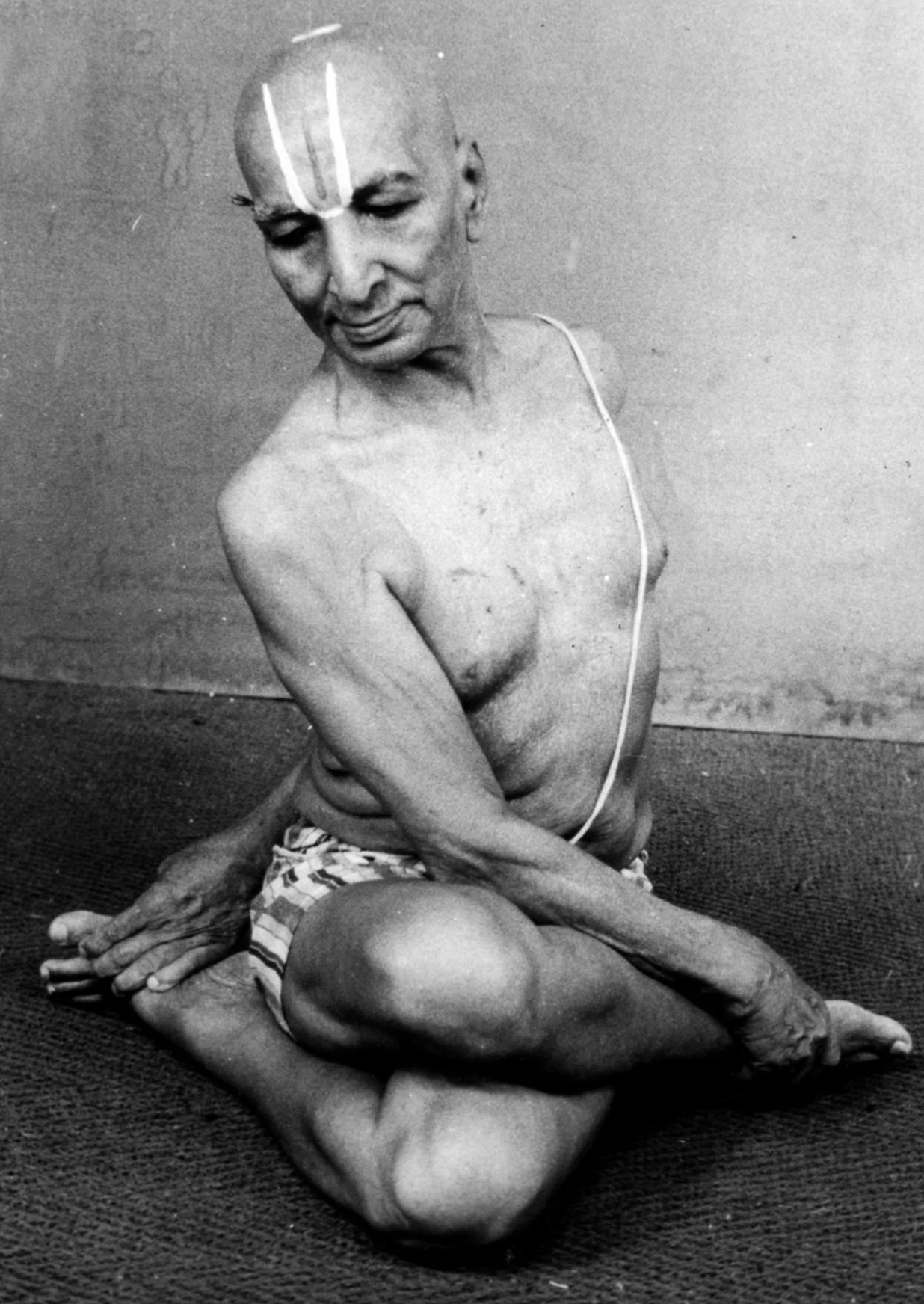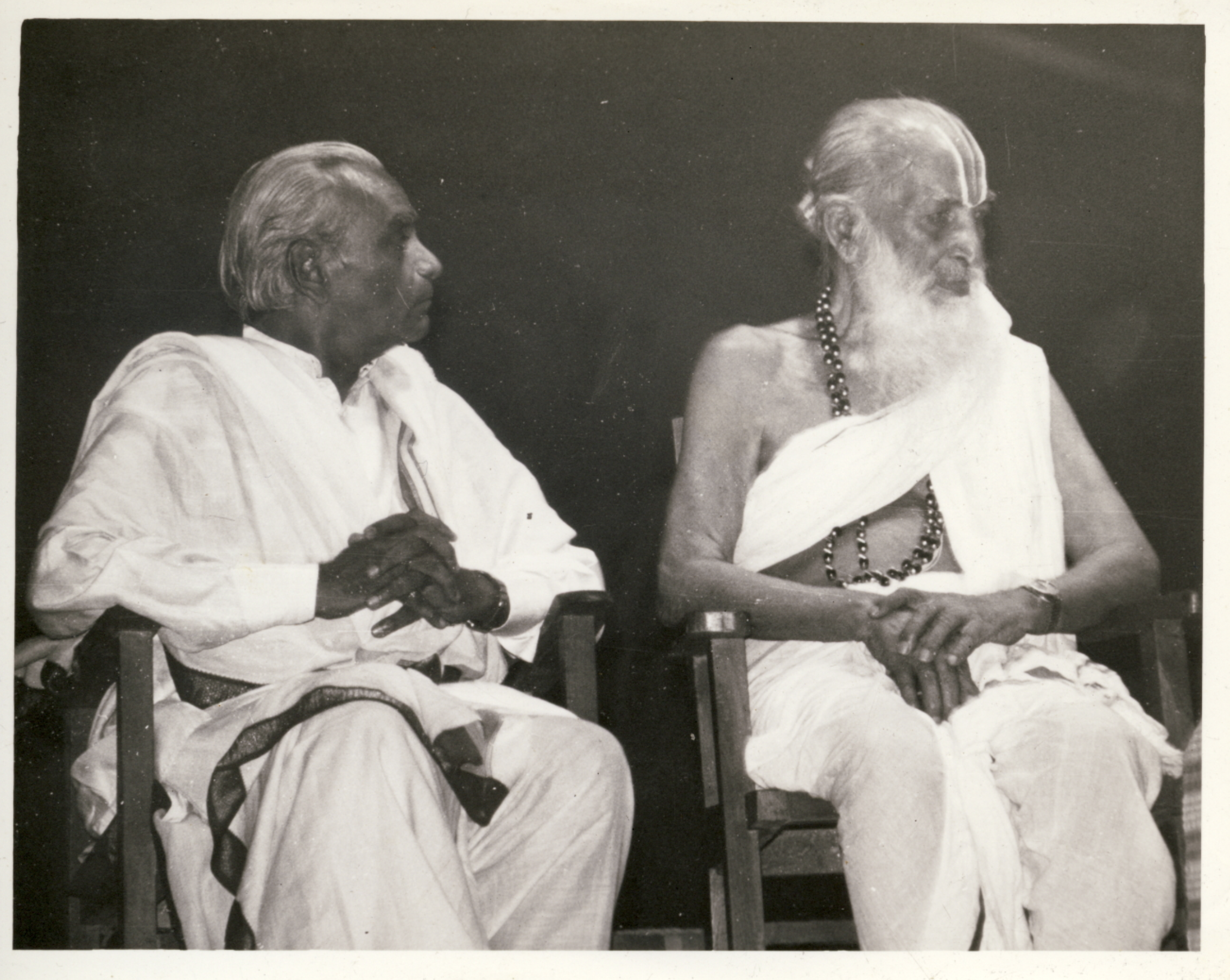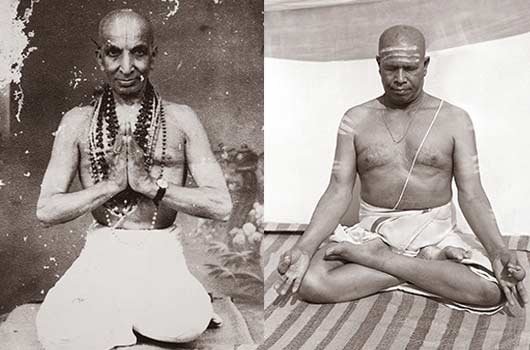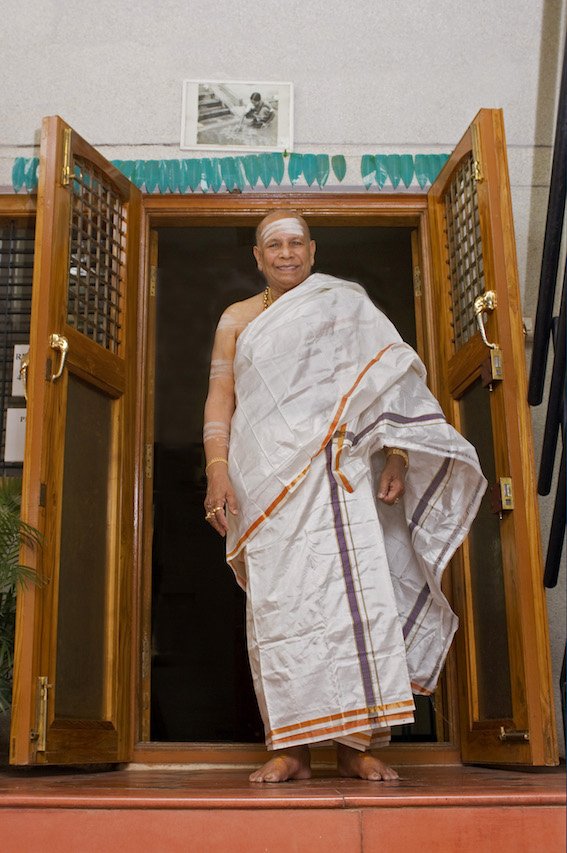Unveiling the Essence: Ashtanga Vinyasa Yoga's Lineage Journey
Video of Krishnamacharya yoga demonstration for Maharaja
This month in Teacher Training: Ashtanga lineageDiving into the heart of classical yoga schools reveals a profound element—lineage, a continuous thread weaving through generations of teachers. The beauty of this tradition lies in the dynamic interplay of diverse perspectives, creating teachings that naturally embrace profound breadth and depth, a harmonious merging of awakened minds. The presence of a lineage becomes a conduit for the transmission of yoga's essential and subtle experiences, often overshadowed by the ego's shadow.
Exploring the Ashtanga Vinyasa lineage, and you'll encounter a captivating blend of yoga methodologies and philosophies. This living lineage converges in the teachings of the early Upanishads, blossoming later in the practices of Hatha yoga and Tantra. The internal forms of Ashtanga Vinyasa yoga—embracing bandha, mudra, drishti, and ujjai breathing.
Today's Ashtanga Vinyasa lineage traces its roots through the teachings of T. Krishnamacharaya and K. Pattabhi Jois, collaborators in the 1930s. Together, they crafted the flowing form and postural series known as Ashtanga Vinyasa yoga. Drawing from the internal principles of the ancient Indian text, the Yoga Kurunta, their work intertwines yoga asana with traditional Indian philosophy, pranayama, and meditation. This fusion of movement, form, and awareness beckons students into the unfolding present moment.




K. Pattabhi Jois, born in 1915 in Karnataka, India, emerged as a key figure in yoga, dedicating his life to popularizing the Ashtanga Vinyasa system. A disciple of Krishnamacharya, Jois became the torchbearer of the Ashtanga tradition after his teacher's departure. He started teaching at the University of Mysore and refined the dynamic practice, emphasizing breath and progressive postures.
Jois's significant contribution lies in making Ashtanga accessible globally. His institute, later named the K. Pattabhi Jois Ashtanga Yoga Institute, attracted practitioners worldwide. Beyond physical postures, Jois emphasized holistic yoga, incorporating ethics and mindfulness. His famous mantra, "Do your practice and all is coming," reflects his philosophy of transformative power through dedicated practice.
Even after his passing in 2009, Jois's legacy endures through the current lineage holder, SHARATH JOIS (his grandson), and dedicated students, who continue to transmit the Ashtanga Vinyasa system globally. Jois has come under scrutiny over sexual allegations in the past years in which his family has apologized for publically.
“Master your breath, let the self be in bliss, contemplate on the sublime within you.”
Pattabhi Jois and his grandson Sharath
One of the strengths of the Ashtanga Vinyasa system lies in its emphasis on daily practice and adaptability. By engaging in regular practice and adjusting the form to individual circumstances, practitioners gain insight into the workings of their minds and cultivate a grounded experience in the present moment.
Interested in yoga teacher training? Our Teacher Training is a holistic journey that encompasses both the physical and emotional realms. It invites you to explore the depths of your being, fostering growth, transformation, and a profound connection with yourself and the practice of yoga.



